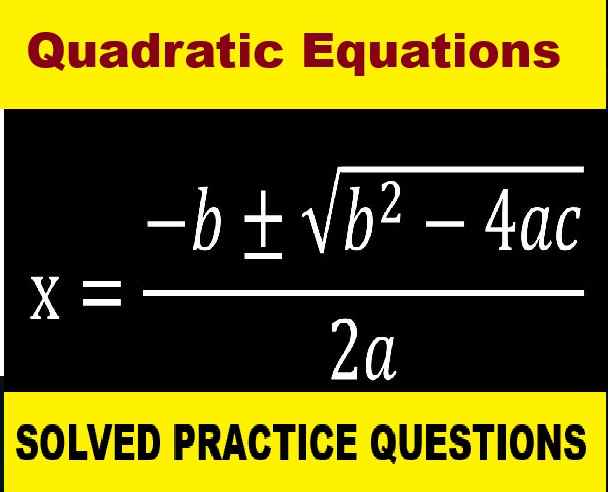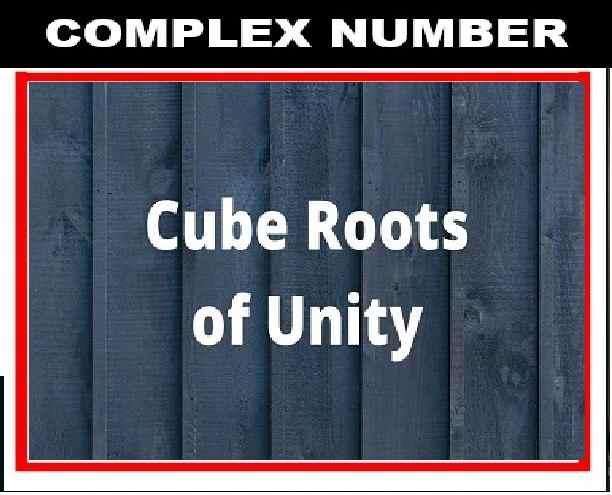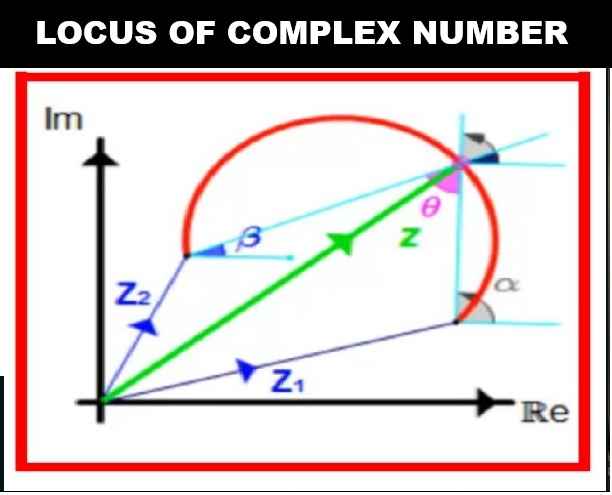Elements Compounds And Mixtures ICSE Class 8th Goyal Bothers Chemistry Solutions ch-3 unit-1 . We Provide Step by Step Answers of Objectives, True and False, Incorrect and Correct , Definitions , Match the followings and Short/Long Question Type answers of Chapter-3, Unit 1, Elements, Compounds And Mixtures . Visit official Website CISCE for detail information about ICSE Board Class-8

Elements Compounds And Mixtures Class-8th Goyal Brothers ICSE Chemistry Solutions Ch-3
| Board | ICSE |
| Class | 8th |
| Subject | Chemistry |
| Book Name | Goyal Brothers |
| Chapter-3 | Elements, Compounds And Mixtures |
| Unit-1 | Elements, Compounds And Mixtures |
| Topic | Solution of exercise questions |
| Session | 2023-24 |
OBJECTIVE TYPE QUESTIONS
Elements, Compounds And Mixtures Class-8th Goyal Brothers ICSE Chemistry Solutions Ch-3
Que : A. Fill in the blank spaces by choosing the correct words from the list given below :
List : nuclear, homogeneous, atoms, harmful, physical
1. A pure substance is homogeneous in nature.
2. The composition of a pure substance cannot be altered by any physical.
3. Normal elements are those which do not give harmful radiations.
4. An element is a pure substance, made up of only one kind of atoms.
5. Radioactive element can be prepared artificially by the nuclear.
Que :B. Statements given below are incorrect. Write the correct statements.
Question 1: The combination of elements takes place due to physical change.
Answer 1: The combination of elements takes place due to chemical change.
Question 2: A chemical compound has a variable composition.
Answer 2: A chemical compound has a fix composition.
Question 3: During the formation of a chemical compound, its constituent elements also show their acquired properties.
Answer 3: During the formation of a chemical compound, its constituent elements also show their changed properties.
Question 4: The constituents of a mixture are present in fixed ratio.
Answer 4: The constituents of a mixture are present in not fixed ratio.
Question 5: The properties of a mixture are entirely different from the properties of its constituents.
Answer 5: The properties of a mixture are entirely same from the properties of its constituents.
Que : C. Match the statements in Column A, with those in Column B.
| Column A | Column B |
| 1. A pure substance which cannot be broken into two or more simpler substances by any known physical and chemical means. | (a) Separating funnel |
| 2. The smallest unit of an element which shows all properties of that element. | (b) Mixture |
| 3. A pure substance which is composed of two or more elements, combined chemically in a fixed proportion by weight. | (c) Atom |
| 4. The substance whose constituents are present in any ratio. | (d) Compound |
| 5. The method used for separation of kerosene oil and water. | (e) Element |
Answer :
| Column A | Column B |
| 1. A pure substance which cannot be broken into two or more simpler substances by any known physical and chemical means. | (a)Element |
| 2. The smallest unit of an element which shows all properties of that element. | (b)Atom |
| 3. A pure substance which is composed of two or more elements, combined chemically in a fixed proportion by weight. | (c)Compound |
| 4. The substance whose constituents are present in any ratio. | (d)Mixture |
| 5. The method used for separation of kerosene oil and water. | (e)Separating funnel |
Que :D. Write ‘true’ or ‘false’ for the following statements.
| Statement | True/False |
| 1. A pure substance has definite set of properties. | |
| 2. Elements occur in free state in nature only. | |
| 3. A chemical compound may occur either homogeneous or heterogeneous in nature. | |
| 4. Mechanical separation of elements is impossible. | |
| 5. The properties of a mixture are the average of the properties of its constituents. |
Answer :
| Statement | True/False |
| 1. A pure substance has definite set of properties. | T |
| 2. Elements occur in free state in nature only. | F |
| 3. A chemical compound may occur either homogeneous or heterogeneous in nature. | T |
| 4. Mechanical separation of elements is impossible. | F |
| 5. The properties of a mixture are the average of the properties of its constituents. | T |
Que :E. Tick (√) the most appropriate answer.
Question 1: In which of the following reactions can an element be broken into two or more smaller parts ?
(a) Physical
(b) Chemical
(c) Nuclear
(d) Mechanical
Answer 1: option (c) Nuclear is correct.
Question 2: In nature, a chemical compound is
(a) pure
(b) homogeneous
(c) heterogeneous
(d) both (a) and (b)
Answer 2: option (d) both (a) and (b) is correct.
Question 3: In which of the following substances mechanical separation is possible ?
(a) Atom
(b) Element
(c) Compound
(d) Mixture
Answer 3: option (d) Mixture is correct.
Question 4: In which of the following formation of substances need energy change necessarily ?
(a) Element
(b) Compound
(c) Mixture
(d) All of these
Answer 4: option (b) Compound is correct.
Question 5: In which of the following substances its constituents retain their properties ?
(a) Atom
(b) Element
(c) Compound
(d) Mixture
Answer 5: option (c) Compound is correct.
STUDY QUESTIONS
Elements, Compounds And Mixtures Class-8th Goyal Brothers ICSE Chemistry Solutions Ch-3
Question 1: (a) Define pure substance.
Answer : (a) Pure substances are substances that are made up of only one kind of particle and have a fixed or constant structure.
(b) State characteristics of pure substance.
Answer : (b) Characteristics of pure substances :-
- Pure substances are homogeneous in nature.
- They have fixed melting and boiling points.
- They are made up of the same kind of particles.
Question 2: (a) Define element.
Answer : (a) An element is a pure substance consisting of only one type of atom which all have the same numbers of protons in their nuclei.
(b) State main characteristics of element.
Answer : (b) Characteristics of an Element :-
- Atomic number. The atomic number is one of the fundamental characteristics of an element. …
- Atomic mass. This is the mass of an atom. …
- Density. The formula for density is the number of units of mass/unit volume of the substance. …
- Boiling point.
- Ionic radius.
- Melting point.
Question 3: (a) Define compound.
Answer : (a) Compounds are chemical substances made up of two or more elements that are chemically bound together in a fixed ratio.
(b) State main characteristics of compound.
Answer : (b) Characteristics of a compound :-
- Each Component of the compound are present in a fixed ratio.
- It has a homogeneous composition.
- The compounds have fixed melting points and boiling points.
Question 4: (a) Define mixture.
Answer : (a) In chemistry, when two or more substances mix with each other without participating in a chemical change, the resulting substance is called a Mixture.
(b) State main characteristics of mixture.
Answer : (b) Characteristics of a mixture :-
- The mixture has no fixed composition.
- To form mixture energy is neither produced nor evolved.
- The mixture has no fixed melting points and boiling points.
- Mixture retains the properties of its components.
- Components of mixtures can be separated by simple physical methods.
Question 5: State differences between mixture and compound.
Answer 5: Compounds are substances which can be formed by chemically combining two or more elements. Mixtures are substances that are formed by physically mixing two or more substances.
Question 6: How can you separate the components of mixture of common salt (NaCl) and marble powder (CaCo3) ? Mention the principle involved in it.
Answer 6: –
- Mixture – Common salt and Marble powder.
- Principle – Different constituents have different solubility in various solvents.
- Common salt is water-soluble while marble powder is not.
- Method of separation :-
- Dissolve the mixture in a good amount of water such that the soluble component of the mixture, common salt completely dissolves.
- Now filter the solution.
- The insoluble component which is marble powder will be left on the filter paper.
- Let the powder dry. Marble powder will be recovered.
- Now, slowly heat the filtrate, such that all the water gets evaporated.
- Salt particles will be left behind as a residue.
Question 7: (a) How can you separate common salt from sea water ?
Answer : (a) Evaporation Method :-
- The evaporation method is used to separate salt from seawater.
- As water molecules absorb heat from the Sun, they transform into water vapors that disperse into the atmosphere, leaving behind salt since salt has a much higher boiling point.
(b) Define sedimentation and decantation. Mention also the kind of mixture in which it is used for separation.
Answer : (b) Sedimentation and decantation methods are used for the separation of insoluble substances which are heavier than liquid. In the sedimentation process, heavier components of the mixture settle on the bottom, due to gravity. Decantation follows sedimentation.
Question 8: (a) Define sublimation. State the kind of mixture in which this method is used.
Answer : (a) Sublimation isolates a mixture of solids such as sublime. Many liquids change instantly, from solid to vapor phase on heating, without going through the liquid state. This process is sublimation.
Sublimation is the process of state change of substance directly from solid-state to gaseous state.
- Mixture of sublabel and non-sublabel substances can be separated using the technique called sublimation.
- The mixture of sublabel and non-sublabel substance is heated in a china dish by covering with an inverted funnel (the stem of the funnel is closed with cotton to prevent the escape of vapor’s)
(b) How can you separate the components of the mixture of kerosene oil and water ? Mention the principle involved in it.
Answer : (b) Yes, a mixture of kerosene and water can be separated using a separating funnel.
Process involved :-
- Kerosene and water are immiscible with each other and they form separate layers when kept undisturbed for a while.
- The separation of layers occurs because of the difference in densities of both liquids. The lower layer is of water since it has more density than kerosene while kerosene stays at the top.
— : end of Elements, Compounds And Mixtures Class-8th Goyal Brothers Answers :–
Return to- ICSE Class -8 Goyal Brothers Chemistry Solutions
Thanks
Please share with yours friends if you find it helpful.


